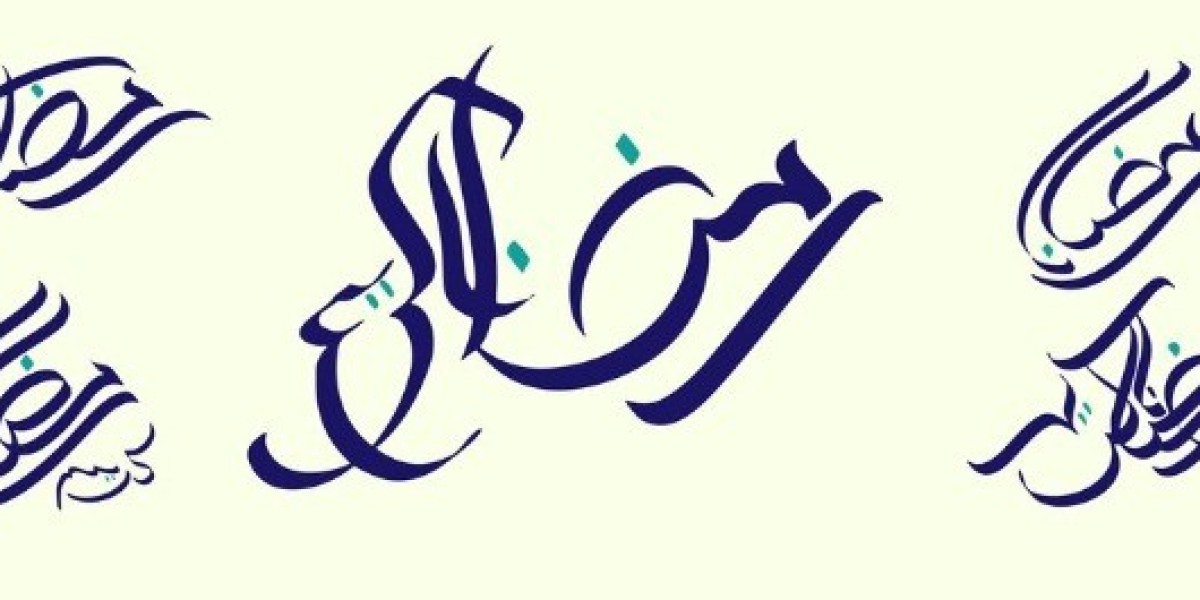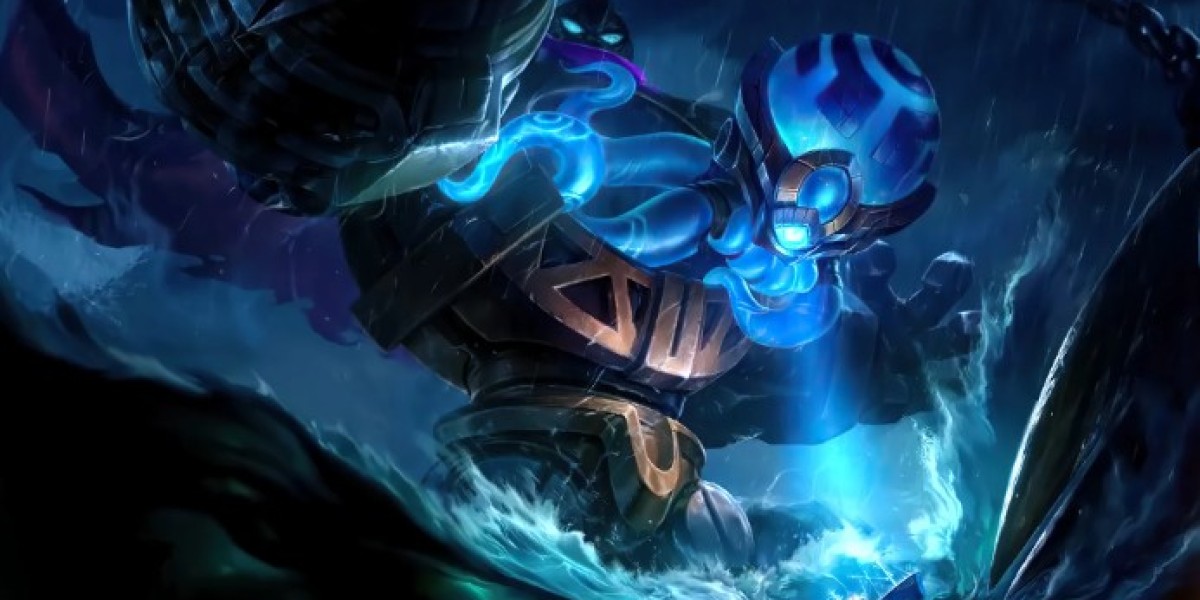Calligraphy, derived from the Greek words kallos (meaning "beauty") and graphein (meaning "to write"), is the ancient and exquisite art of beautiful handwriting. What sets calligraphy apart from regular handwriting is the emphasis on form, design, and expression. Over the centuries, calligraphy has evolved, adapting to different cultures, languages, and tools, yet it remains a vital part of artistic and written communication across the world.
This blog will explore the history of calligraphy, its techniques, its significance in various cultures, and its modern applications, shedding light on why this ancient art form continues to captivate people even in the digital age.
The History of Calligraphy
Calligraphie can be traced back thousands of years to some of the earliest known forms of writing. Cultures across the globe, from ancient China to the Islamic world and medieval Europe, developed distinct forms of calligraphy that not only communicated language but also reflected beauty, spirituality, and cultural identity.
Chinese Calligraphy
Chinese calligraphie is perhaps one of the most ancient forms of this art, with roots going back over 4,000 years. The development of Chinese characters (hanzi) as a written form of communication evolved into a revered art form. Traditionally, Chinese calligraphers used ink brushes made of animal hair and paper made from rice or bamboo to create intricate and expressive characters. The stroke order, pressure, and fluidity of the brush all play a crucial role in conveying emotion and meaning.
For centuries, calligraphy has been considered one of the highest forms of visual art in China, on par with painting and poetry. It is deeply interwoven with Chinese culture, philosophy, and religion, often serving as a form of meditation for the artist, where they channel their energy (chi) through their brushstrokes.
Islamic Calligraphy
In Islamic culture, calligraphy also holds a sacred position. As Islam prohibits the depiction of human and animal forms in religious art, calligraphy became the primary way to decorate religious texts, including the Quran, mosque walls, and sacred objects. Islamic calligraphy, known for its flowing, geometric patterns, is more than just a means of writing—it is an expression of devotion.
Arabic calligraphy is one of the most famous forms within Islamic art. There are various styles of Arabic script, such as Kufic, Naskh, and Thuluth, each with its own unique form and historical significance. Islamic calligraphy’s precision and beauty have allowed it to influence art and architecture throughout the Middle East, North Africa, and Spain.
Western Calligraphy
In the Western world, calligraphy was essential to religious and scholarly life during the medieval period. Monks meticulously copied religious texts by hand, decorating them with elaborate, ornamental letters. One of the most famous examples of Western calligraphy is the Book of Kells, an illuminated manuscript that showcases the beauty and artistry of medieval Irish calligraphy.
As time progressed, Western calligraphy adapted to the development of the printing press and more modern means of communication, but it never lost its artistic value. Today, it is often used in formal invitations, certificates, and graphic design.
Calligraphy Techniques and Tools
Although calligraphy varies widely depending on the culture and language, the basic techniques and tools often share similarities. The most crucial element in calligraphy is control—each stroke should be deliberate and graceful. Let’s take a closer look at some of the key tools used in calligraphy and the techniques that make this art form so distinct.
Tools
Brushes: In many East Asian calligraphy traditions, brushes are the primary tool. These brushes are typically made from bamboo with animal hair bristles, offering flexibility in creating thick or thin strokes based on pressure and angle.
Pens: Western calligraphy often uses nib pens, which are either dip pens or fountain pens. The nib's angle and flexibility allow for varied thickness in the strokes, contributing to the flowing beauty of the letters.
Inks and Paper: High-quality inks are necessary to ensure the clarity and depth of the writing, while paper needs to have the right absorbency to avoid blotching or spreading of the ink.
Other Tools: Modern calligraphy may involve the use of markers, digital tools, and calligraphy-specific software, making the art form accessible to many more people.
Techniques
One of the most important techniques in calligraphy is line variation. Calligraphers control the thickness and thinness of their lines to add a sense of rhythm and movement to their writing. Each script has its own rules for stroke order and direction, and mastering these is essential for producing clean, harmonious results.
Additionally, understanding the spacing between letters and words is critical. The balance between white space and written text can determine the overall aesthetic appeal of the piece. Calligraphers also emphasize composition, ensuring that the entire text is balanced on the page, guiding the viewer’s eye naturally from one part to another.
In Islamic calligraphy, for example, artists meticulously plan how letters fit together, often turning them into abstract shapes or patterns, blending the written word with art in a seamless way. This blending is one of the factors that makes calligraphy not just a form of communication, but a highly valued art form.
Calligraphy in Modern Times
While digital communication has largely replaced handwriting in many contexts, calligraphy is experiencing a resurgence. In an age dominated by keyboards and screens, the tangible beauty of calligraphy offers a refreshing break. Let’s explore how calligraphy is being used today.
Wedding Invitations and Event Announcements
One of the most popular uses of calligraphy in modern times is for wedding invitations and other formal announcements. The personalized touch of hand-written calligraphy gives these items an air of elegance and exclusivity that digital fonts cannot replicate. Whether using traditional tools or modern calligraphy pens, the creation of these pieces of art adds a sense of warmth and individuality to special events.
Graphic Design and Branding
In the world of graphic design, calligraphy is often employed to create logos, branding elements, and signage that stand out. Many companies use calligraphy to evoke a sense of craftsmanship, history, or luxury. Hand-drawn calligraphy is often seen as more authentic, making it a preferred choice for brands looking to distinguish themselves in an increasingly digital world.
Modern Calligraphy and Typography
With the advent of digital design tools, calligraphy has moved into the virtual space as well. Many designers use digital calligraphy for everything from website headers to social media graphics. Apps and software programs allow for the precise replication of traditional calligraphy techniques with the flexibility and convenience of modern technology.
Calligraphy as a Hobby
Calligraphy has become a popular hobby for people looking to express their creativity. The act of writing in a focused and artistic way has been compared to meditation, offering a calming, rewarding experience. Workshops, YouTube tutorials, and online courses are making it easier than ever for beginners to pick up the skills needed to master calligraphy.
Why Calligraphy Still Matters
In a fast-paced world dominated by technology and instant communication, the art of calligraphy reminds us of the beauty in slow, deliberate actions. Calligraphy is not just about creating beautiful letters; it’s about bringing a sense of grace, care, and mindfulness to the act of writing.
Moreover, calligraphy serves as a bridge to the past, preserving ancient traditions and offering insight into the cultures that developed them. In a way, it’s a living history, connecting us with the thoughts and expressions of those who lived centuries before.
For many, calligraphy is also a way of making personal connections. A handwritten letter or note, crafted with attention to detail, can carry more emotional weight than a typed message. This enduring quality is part of why calligraphy has persisted through the ages and continues to thrive today.
Conclusion
Calligraphy, with its long and varied history, remains a timeless and elegant art form. From the sacred scripts of ancient civilizations to modern wedding invitations and digital design, the ability to turn written language into visual art continues to inspire people around the world. Its tools may evolve, but the core principle of creating beauty through writing endures, ensuring that calligraphy will always have a place in human culture.



